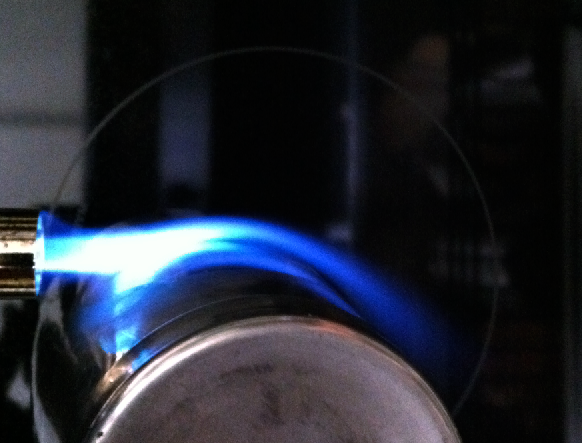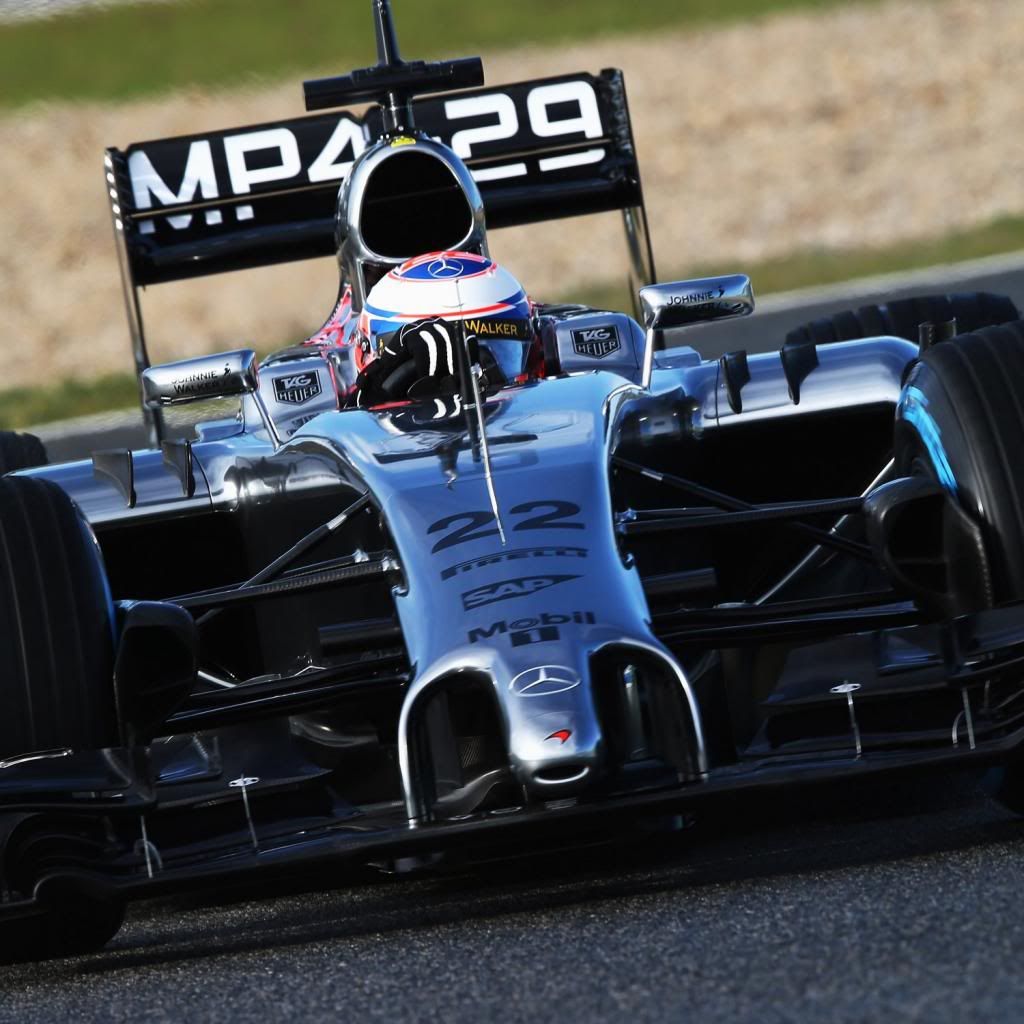Doesn't the downwash from above the sidepods push the otherwise upwards-angled exhaust plume down, THEN the Coanda effect happens? (Based on the notion that they are indeed using the Coanda effect) I don't think a 10 degree upward angle exhaust, coupled with the downward slope of the sidepod will induce a Coanda effect right away, without the downwash.
This is how I understand it:
IF they are using the Coanda effect, they are trying to use the downwash
(thus forward motion is necessary) to change the upward angle of the exhaust to a more tangent path to the bodywork. This is when the Coanda effect takes effect. Thus, without forward motion, the exhaust doesn't attach to the bodywork.
I hope I made some sense here.






